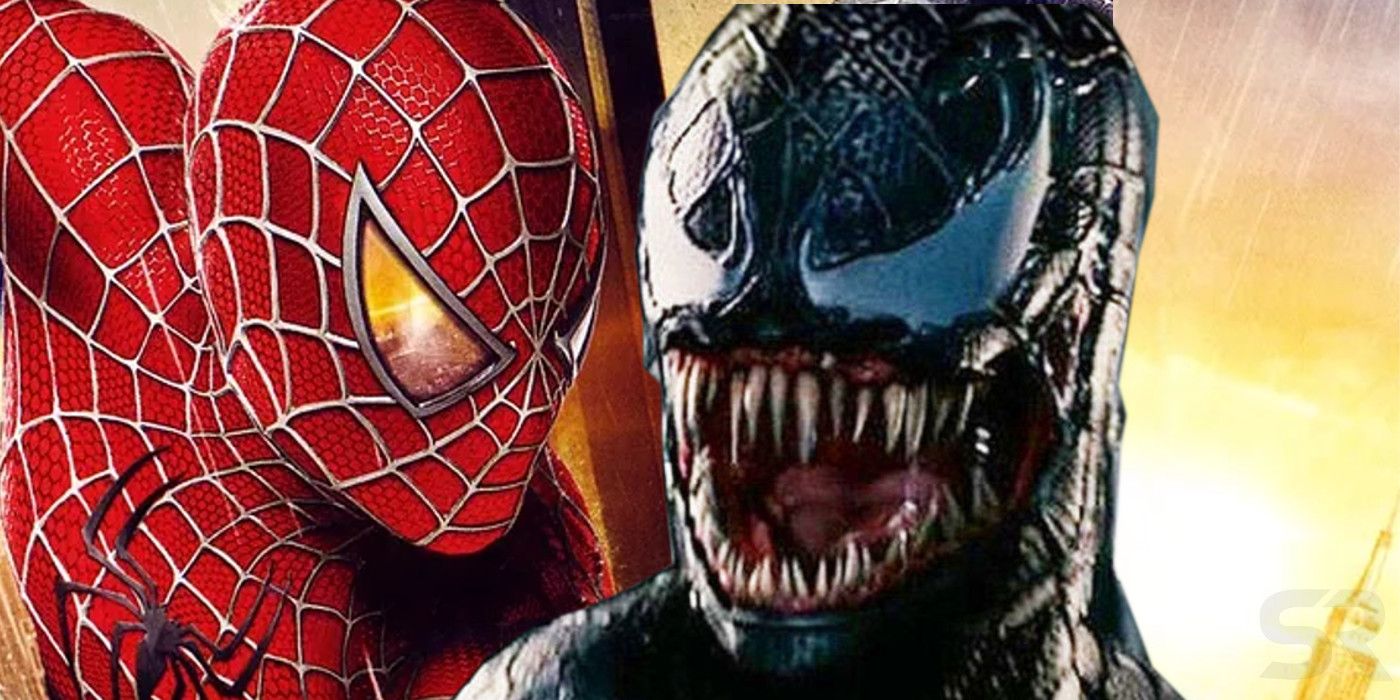
Venom made his cinematic debut in Sam Raimi's Spider-Man 3, but the film would have been better without him. While the conclusion to Raimi's trilogy has its fair share of supporters, it's widely agreed upon it's the weakest of the series. After soaring to great heights with the first two installments, Raimi struggled to juggle the numerous story threads the third movie introduced, delivering a mixed bag that even he agrees doesn't completely work. For many people, Spider-Man 3's issues can be traced back to the ill-advised decision to make Eddie Brock/Venom a key component of the narrative.
The symbiote and Black Suit Spider-Man do play into the film's theme of Peter Parker battling the villain within himself, but Venom feels like a tacked on addition and is severely shortchanged. Several people were disappointed by the portrayal, seeing it as nothing more than a wasted opportunity and a cheap ploy to get fans (even more) excited for the sequel. Before Tom Hardy hopefully launches a new franchise for Sony, it's time to take a look back to see how the studio derailed one of their flagship properties over a decade ago.
Sam Raimi's Original Spider-Man 3 Plan
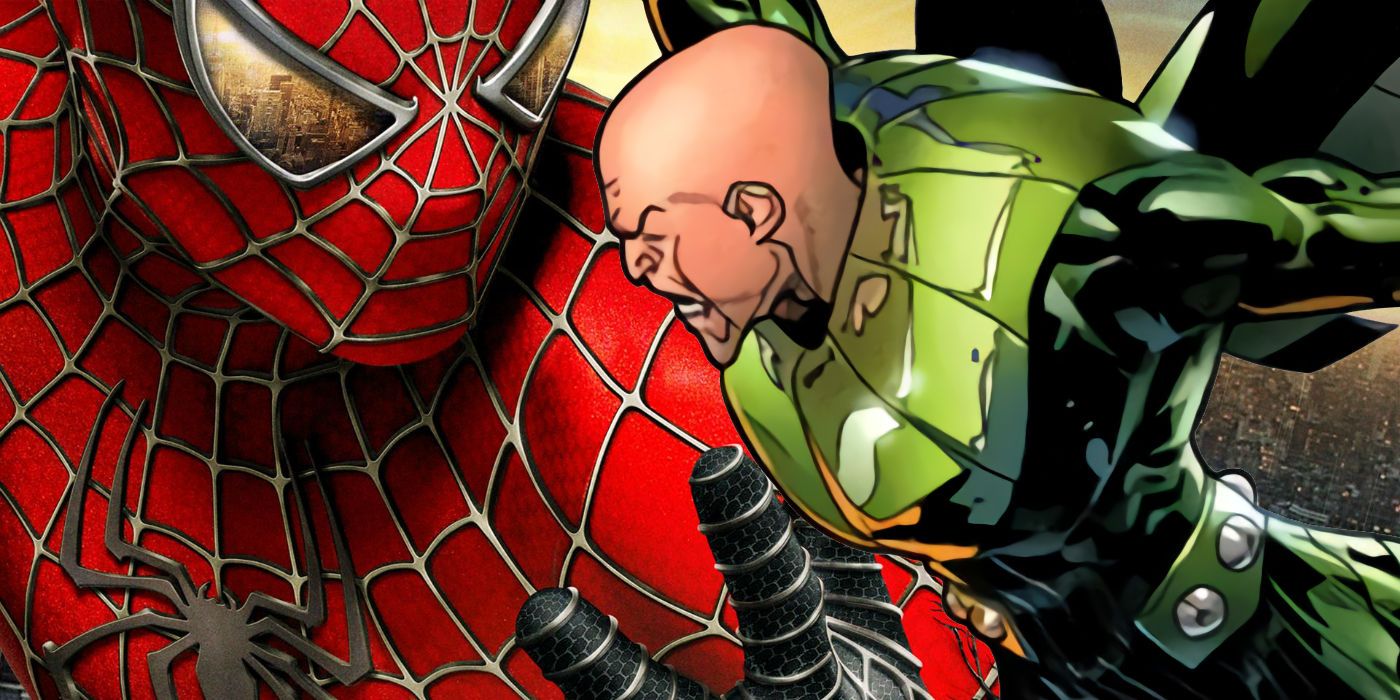
Harry Osborn's New Goblin (the culmination of a storyline that ran through the first two movies) and Sandman were always intended to be antagonists in Spider-Man 3. However, Raimi was keen on adding a third foe for Peter to battle against. He initially wanted it to be Vulture, with Ben Kingsley even meeting to discuss the role. Obviously, it didn't pan out, and Vulture would have to wait until 2017's Spider-Man: Homecoming to finally make it to the big screen.
Related: Venom Is Going To Be Bigger Than Its Critics Are Saying
Viewers may see this and make the case Spider-Man 3 was destined to fall short regardless of whether it had Venom or not, but there's more to the story. Whereas Venom was woven into the main story and played a key role in the climax, Vulture would have been similar to Paul Giamatti's Rhino in The Amazing Spider-Man 2. Thomas Hayden Church (who played Sandman in Spider-Man 3) revealed in an interview Vulture would have bookended the film, possibly setting up his return in Raimi's Spider-Man 4. The third film was primarily going to revolve around the core of Peter Parker, Mary Jane Watson, Harry, and Sandman - but that was before Venom entered the equation.
Why Sony Forced Venom In
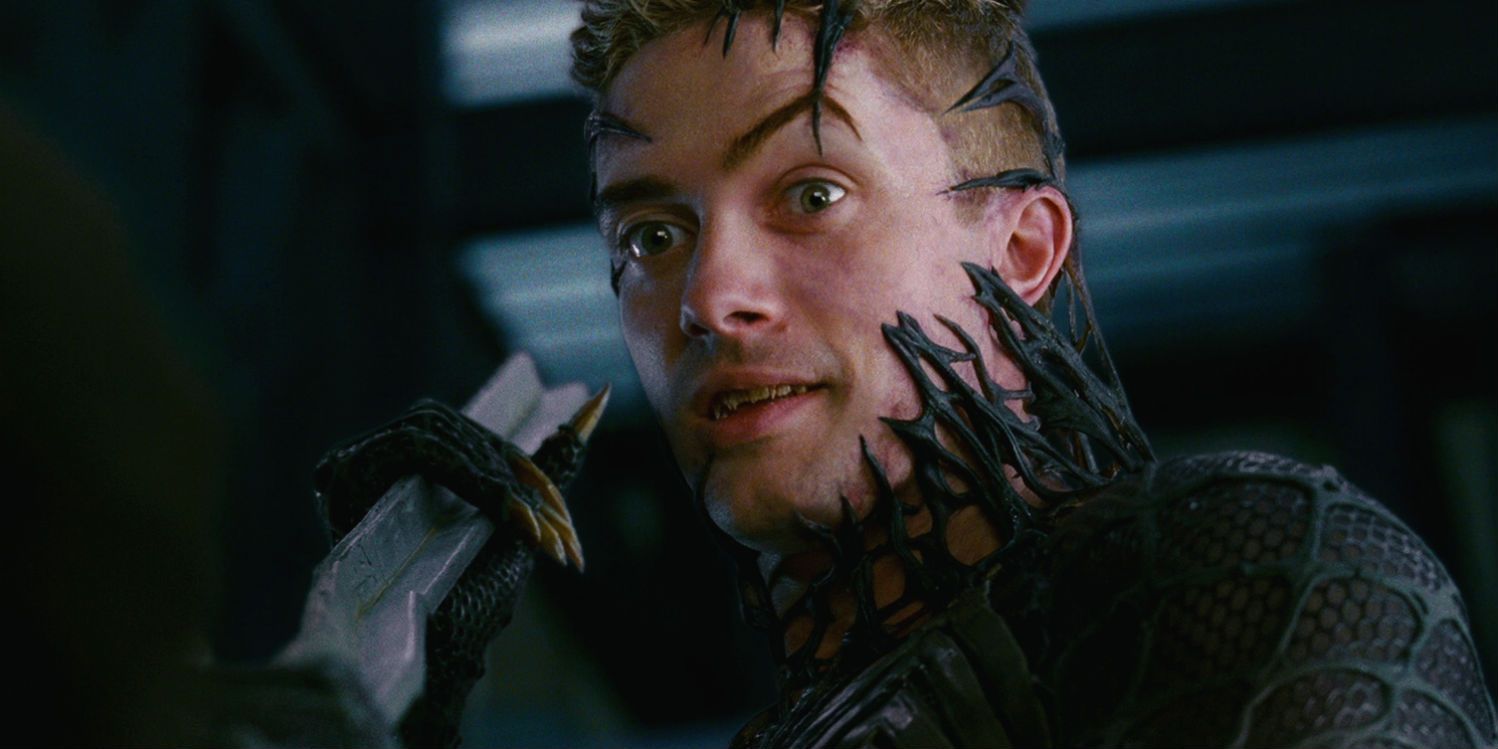
Making his comics debut in 1988, Venom is one of the most popular characters in Spider-Man lore. He has appeared across various mediums over the years, including TV shows and video games. The character's passionate following spurred Spider-Man 3 producer Avi Arad to pitch Venom to Raimi. The director was initially hesitant, as he wasn't a fan of Venom himself, but Arad persisted and basically guilted Raimi into making Venom the third antagonist. In an interview, Raimi recalled the conversation he had with Arad, where he was told he needed to "listen to the fans" and incorporate one of their favorite characters (not just Raimi's favorite villains) into the movie. This reasoning is also what changed a generic "other girl" into Gwen Stacy.
Early on in development, Eddie Brock was still part of the script - imagined by co-writer Alvin Sergeant as a photojournalistic rival of Peter's competing for J. Jonah Jameson's affections. The idea was to enrich Parker's arc, and it slowly evolved from there. Since Brock already had a small part, that probably gave Arad the extra ammunition he needed to get Venom into the movie. In a way, it's easy to see where the producer was coming from at the time. If viewers learned Eddie Brock was going to be in Spider-Man 3, but he wasn't going to transform into Venom, then there would have been disappointment. Of course, people ended up disappointed anyway and Arad took the blame for how things turned out years later.
Page 2: Raimi's Original Spider-Man 3 Was Better
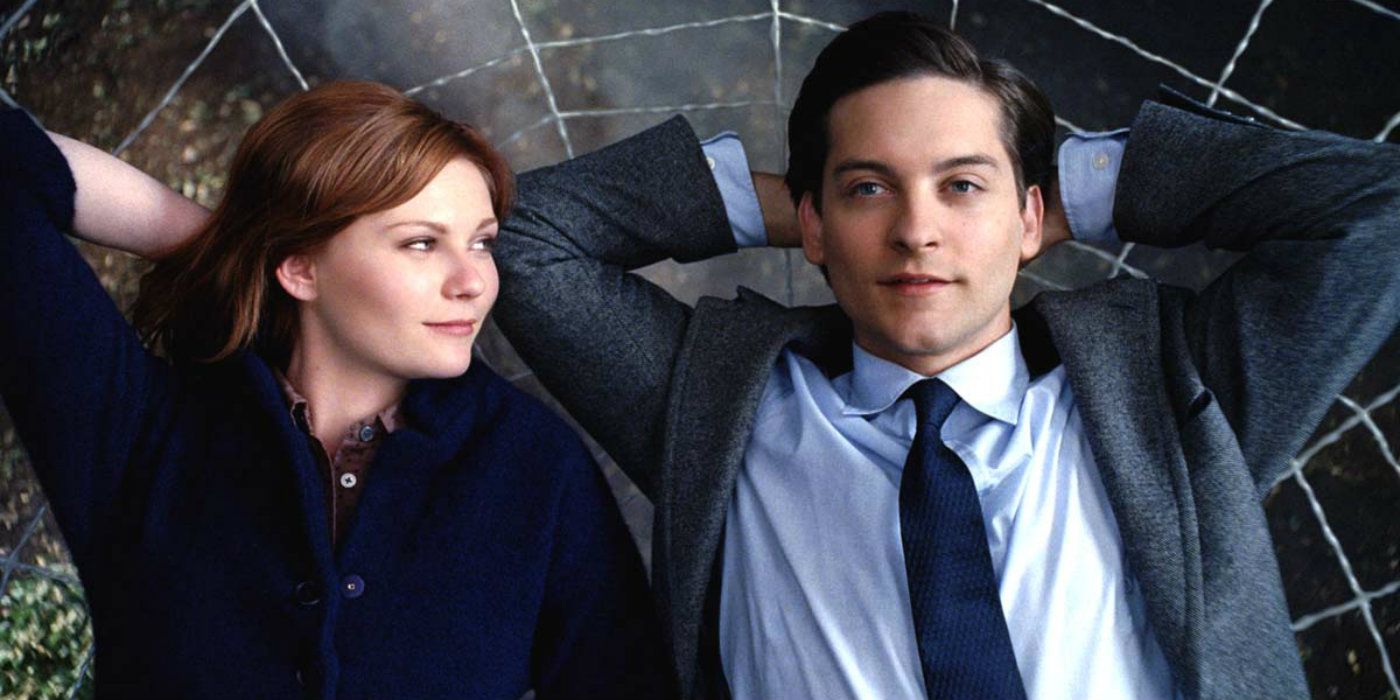
Why Raimi's Original Idea Was Better
Spider-Man 3 already had a lot on its plate, with Peter's inflating ego, Mary Jane's struggling acting career, Harry's plan for revenge, and Flint Marko's personal problems. Adding Venom to the mix made the film too overstuffed for its own good, and as a result, none of these storylines (with the arguable exception of Peter's) are fully developed. Making Brock more of a presence than he initially was took away from other areas of the narrative - most notably Harry's. Given how Spider-Man 2 ended, the younger Osborn should have been the primary focus of 3. The natural progression for the trilogy was to have Peter and Harry's conflict come to a head - rather than have Harry hit his head and forget all about his motivation.
Related: In Defense of Spider-Man 3
Vulture is one of the oldest Spider-Man foes, dating back to 1963. However, it would be hard to argue his fan base is as sizable as Venom's. If Vulture was announced for Spider-Man 3, expectations for the character's big screen debut wouldn't be so high. Relegating Adrian Toomes to a petty crook Your Friendly Neighborhood apprehends in the beginning and returns in the end isn't as severe a screenwriting sin as mangling the execution of Venom. It's clear what Raimi was going for with the surprise casting of Topher Grace (making Eddie a mirror of Peter), but it was a deviation from the source material that upset die-hard readers. Yes, fans like seeing their favorite characters on the big screen, but they prefer it to be done properly more than anything.
Why Raimi Didn't Make Spider-Man 4
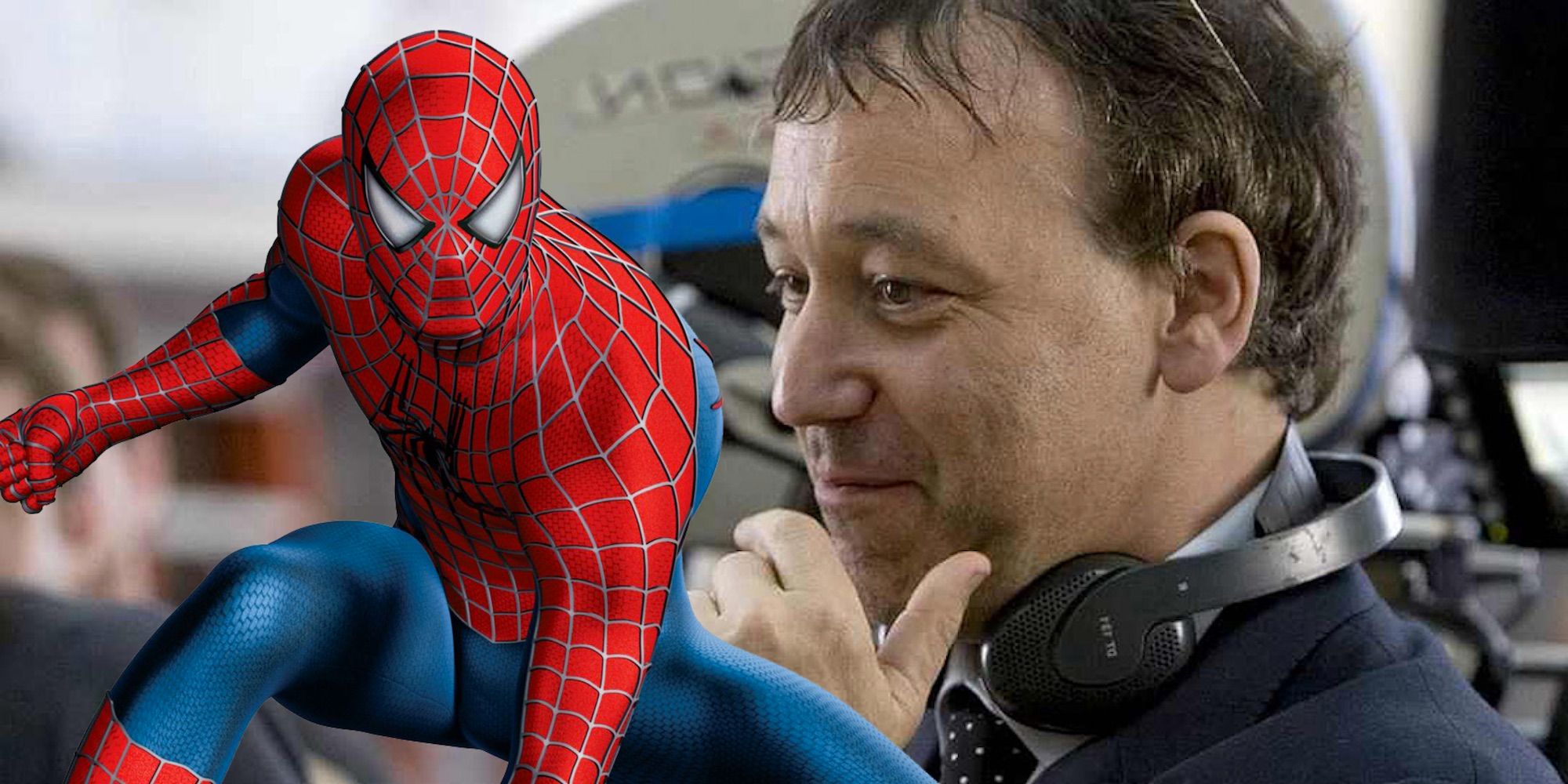
Raimi's trilogy was one of Sony's flagship franchises in the early 21st century, so the studio was keen on continuing it. They began development on a Spider-Man 4, with Raimi, Tobey Maguire, Kirsten Dunst, and others all returning. The director once again revisited the Vulture idea and also considered featuring the Lizard (Dylan Baker played Dr. Curt Connors in the last two movies). The script went through numerous revisions, with scribes such as James Vanderbilt and Gary Ross taking stabs at it. Ultimately, Sony pulled the plug on the movie and opted instead to go with the Amazing Spider-Man reboot.
The main reason Spider-Man 4 fell apart is because it was scheduled for release on May 6, 2011, and Raimi was concerned he wouldn't be able to meet that date. Even after four screenplay drafts, he had difficulty cracking the story and didn't want to rush something for the sake of hitting the planned premiere. Especially after 3 turned out lackluster, Raimi most likely saw a fourth film as an opportunity to bounce back and get the series back on track. Remember, this was years before Sony made a deal with Marvel Studios to share the Spider-Man film rights, so they had to be in production on a new movie by a certain time or else the right would revert back to Marvel. Raimi chose to bow out and let a different creative team take a shot rather than risk sullying up his trilogy's legacy even further.
-
Given that Raimi hit back to back home runs with his first two Spider-Man films (2 was even named one of the AFI's top 10 films in 2004), it's a bit surprising Sony mucked up the third movie as much as they did. Raimi was not warranted the same creative freedom Warner Bros. gave Christopher Nolan on the Dark Knight trilogy, even though he was just as deserving. The downfall of the trilogy can be traced back to Sony's insistence Venom be a part of the third movie, and the studio's been floundering ever since. The Amazing Spider-Man series crashed and burned after two films, once again derailed by too many villains and forced subplots. Hopefully, they've learned their lessons now, and Venom can just be an entertaining comic book movie.
More: Venom Needs To Beat Its Shared Universe Obsession
from ScreenRant - Feed https://ift.tt/2xNGY7D

0 Comments